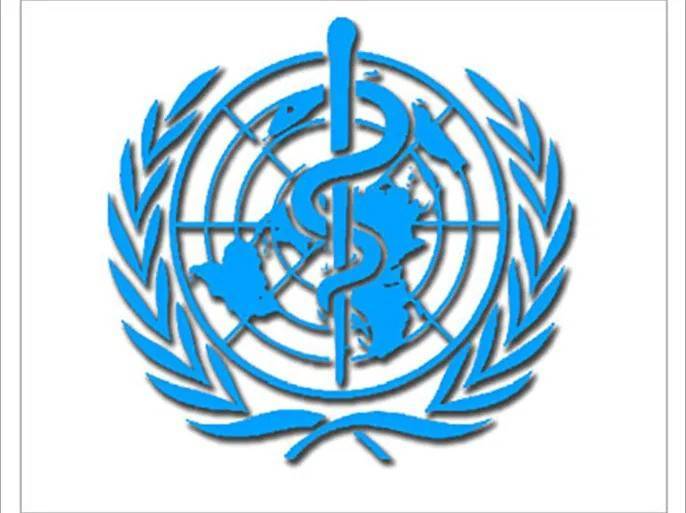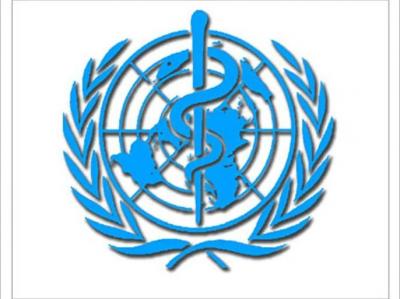Dr. Ana María Henao Restrepo, the technical director of the Research and Development Blueprint for Epidemic Response at the World Health Organization (WHO), confirmed that there is currently no virus or bacteria named X that is spreading and causing disease. She explained that the organization is preparing for the future, hence, the discussion around a hypothetical disease referred to by scientists as Disease X, to prepare for a potential virus or bacteria that could lead to a significant outbreak, epidemic, or pandemic in the future.
In an interview part of the "Science in Five" series, hosted by Vismita Gupta Smith and broadcast on WHO’s official platforms, Ana María stated that there are many viruses and bacteria that can infect animals and humans. However, only a few of those currently have vaccines, diagnostic tools, and treatments available for humans. She elaborated that while there is knowledge about which viruses to be cautious of, the challenge remains due to the thousands of bacteria present, necessitating a simplified way to refer to them without knowing which might cause the next pandemic, hence the term pathogen X.
Ana María further explained that there are many viruses and bacteria potentially harmful to both humans and animals, but it is not feasible to investigate each one in detail. Therefore, a strategy is needed to address this concern. For this reason, WHO has called hundreds of scientists to contribute to research aimed at identifying species that could lead to a pandemic if they spread, as well as those that may cause severe diseases and outbreaks.
Additionally, there is a list of species that currently do not cause serious diseases or outbreaks, but their situation may change in the future, necessitating monitoring.
Ana María described four precautionary steps:
1. **Surveillance** - This includes establishing systems to monitor how viruses or bacteria spread among humans and animals, checking for any changes or improvements in their transmission capabilities to humans.
2. **Research** - Conducting research to understand how viruses or bacteria infect hosts, which aids in protecting human immune systems when encountering such pathogens.
3. **Advance Development** - This involves the pre-development of vaccines, diagnostic tools, and treatments to help reduce the risk of disease, severe illness, and transmission should a pathogen trigger an outbreak. Efforts also focus on developing efficient production methods for these vaccines, ensuring their safety and assessing effectiveness against potential diseases.
4. **Global Coordination** - Having a list aids in focusing global collective efforts. Through shared information, scientists collaborate to identify what is known and what is missing, requiring further investigation, which enhances the effectiveness of current research capabilities.
Ultimately, the goal is to assist governments in their preparedness. In the event of a new pathogen, similar to the emergence of the coronavirus, better preparations could result in fewer illnesses, less suffering, reduced economic damage, and fewer societal issues. The strategy also emphasizes contributing to local, regional, and global efforts for the development of vaccines, treatments, and diagnostic tools.
Lastly, it involves ensuring researchers receive the tools, funds, and support necessary to evaluate these products effectively, ensuring their safety and desired impact in reducing infection and disease. Ana María pointed out that collaboration and coordination are crucial because they help achieve the goal of obtaining vaccines, diagnostics, and treatments in preparation for pathogen X or the next pandemic, regardless of its cause.




